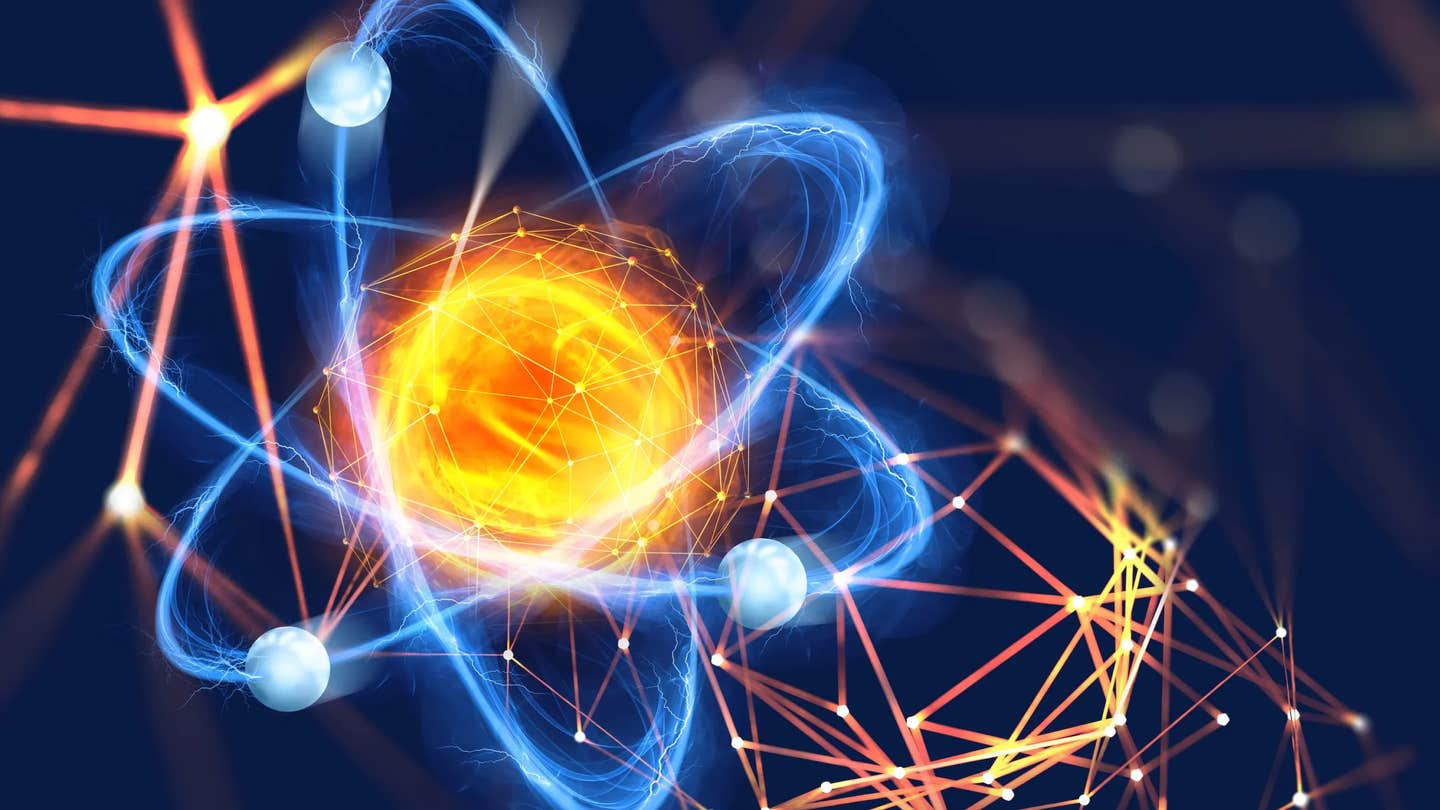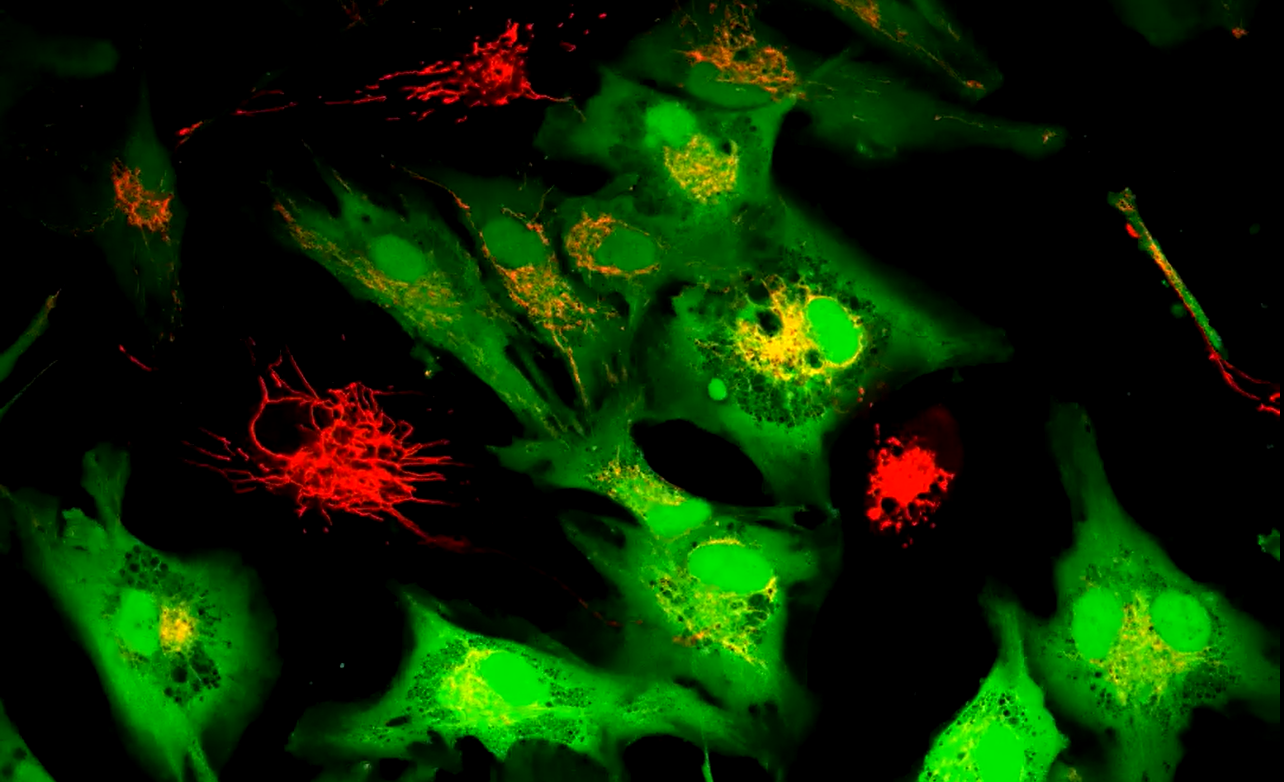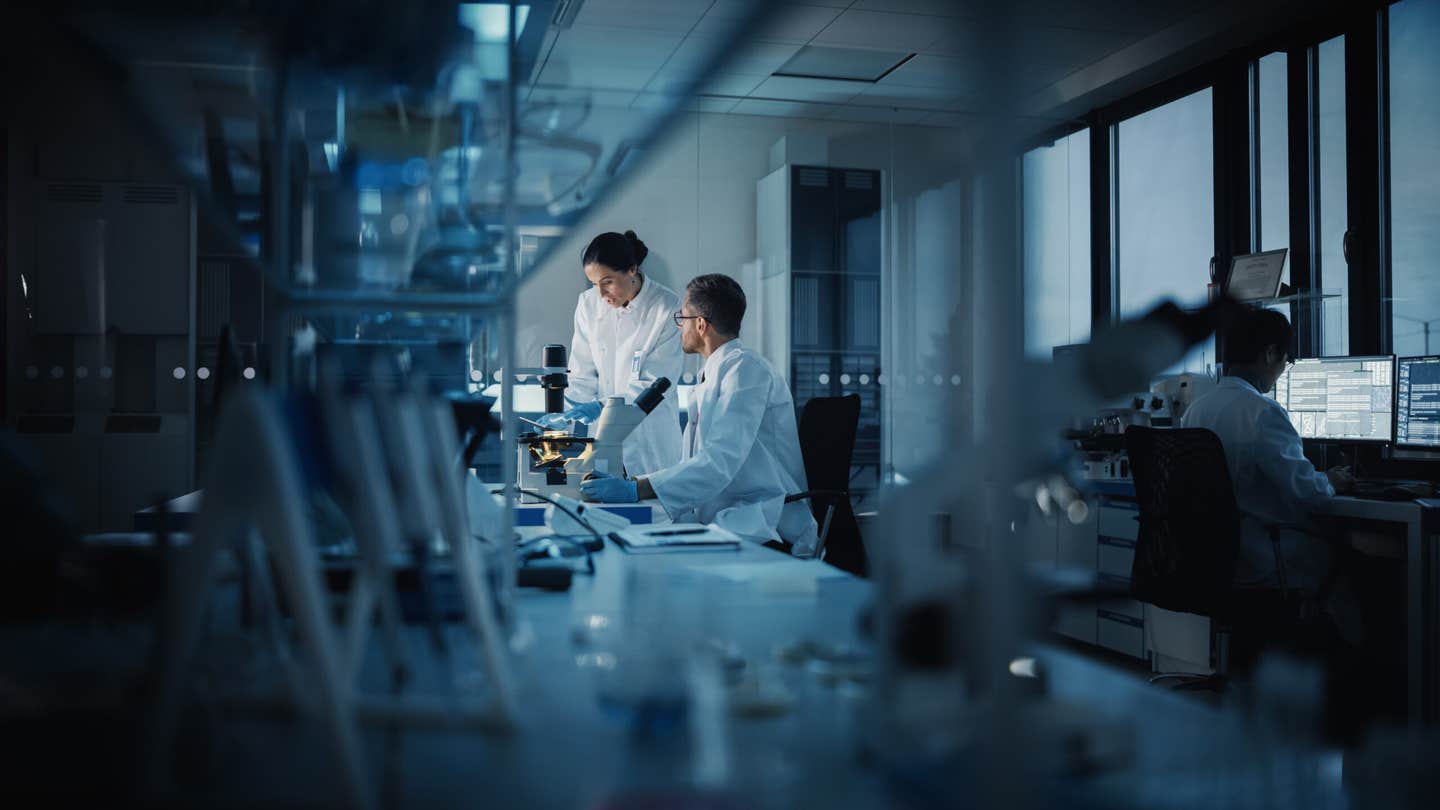Strange neutrino interactions could change how stars die, study finds
Scientists reveal that strange neutrino behavior could change how stars collapse, possibly leading to black holes instead of neutron stars.

Secret neutrino behavior may alter star collapses and challenge physics norms, scientists report. (CREDIT: Adobe Stock)
When massive stars reach the end of their lives, something strange and violent happens deep inside them. As they run out of fuel, their cores begin to collapse under their own weight. But this collapse doesn’t happen in silence. One of the most elusive and ghostlike particles in the universe—neutrinos—plays a key role in what comes next. And according to new research, those neutrinos may be doing something even more mysterious than previously believed.
A group of scientists from the Network for Neutrinos, Nuclear Astrophysics, and Symmetries, or N3AS, has found that secret interactions between neutrinos could change the way massive stars collapse. Some of the researchers come from the University of California, San Diego. Their study shows that if neutrinos break the usual rules by violating a property called lepton number conservation, the process inside a dying star might change in a big way.
Neutrinos: Ghost Particles With a Powerful Punch
Neutrinos are tiny, nearly massless particles that fly through the universe at nearly the speed of light. They're often called “ghost particles” because they hardly interact with anything. Every second, trillions pass through your body without you noticing. They come in three types, or “flavors”: electron, muon, and tau. Despite being everywhere, neutrinos remain hard to study. That’s because they rarely hit or interact with other particles, making them slippery subjects for scientists.
But when a very large star collapses, things change. The core of the star becomes so dense that even neutrinos start to get trapped. They collide with each other more often, something that’s almost impossible to see in a lab. That’s why some scientists call these collapsing stars natural “neutrino colliders.”
What happens in this extreme environment may help answer one of the big mysteries in physics: do neutrinos interact with each other in strange, “secret” ways beyond the rules we already know? The standard model of particle physics says they shouldn’t. But many scientists think there could be more going on—like hidden forces or interactions just between neutrinos.
A Hotter, More Chaotic Core
In the traditional model, neutrinos behave as expected. They are mostly of the electron type, and their interactions with the matter in the star lead to a relatively cool core. This kind of collapse tends to leave behind a neutron star—a very dense object made mostly of neutrons.
Related Stories
- Scientists discover mysterious object that may be the oldest comet ever detected
- Scientists develop the quantum version of the second law of thermodynamics
- Earth’s deep-sea microbes could hold the key to finding life on Europa
But what if neutrinos secretly violate lepton number conservation? That would mean neutrinos and antineutrinos could swap and mix much more freely than expected. The N3AS team found that this kind of mixing would change everything. The core would heat up, more flavors of neutrinos would appear, and electrons would be captured more easily by protons. That leads to fewer electrons overall, which lowers the electron fraction in the star’s core.
The result is a messier, hotter collapse. Instead of forming a neutron star, the core could get so hot and so full of neutrons that it becomes a black hole. That’s a big change—and it’s all thanks to neutrinos behaving in ways we’ve never seen before.
What the Science Says
In their paper, the researchers explain that a rapid balancing of neutrinos and antineutrinos creates more disorder, or entropy, in the core. This extra entropy drives more electron capture, leading to a core with fewer electrons and more neutrons. That affects how the collapse unfolds and what kind of remnant is left behind.
The effect is especially strong when neutrinos interact with each other in a way that violates lepton number. These interactions—called lepton-number-violating neutrino self-interactions, or LNV νSI—are not part of the standard model. But if they exist, they could be changing the final moments of massive stars in ways we haven’t recognized until now.
The paper also outlines how specific ranges of particle masses and interaction strengths would be needed for this theory to hold. These values aren’t just theoretical. They could be tested in the near future using particle accelerators and detectors designed to study neutrinos.
Clues From the Future
So how can we find out if these strange neutrino behaviors are real? Scientists are hoping that new technology will help. The Deep Underground Neutrino Experiment, or DUNE, is being built at the Fermi National Accelerator Laboratory. When complete, DUNE will send beams of neutrinos through the Earth to see how they change. It’s one of the most advanced experiments ever planned to study these ghostlike particles.
If LNV νSI interactions are real, DUNE might be able to spot them. But it’s not the only hope. Scientists are also keeping an eye on the sky. When a massive star collapses in our galaxy, it sends out a flood of neutrinos. If detectors on Earth can catch those neutrinos, they may show unexpected patterns—clues that something strange happened inside the star.
Gravitational waves—ripples in space caused by big cosmic events—might also help. A core collapse with secret neutrino interactions could produce a different wave pattern than a standard collapse. Observing those differences could add one more piece to the puzzle.
Looking Beyond the Standard Model
For decades, physicists have relied on the standard model to explain how particles behave. It’s one of the most successful theories in science. But it has limits. It doesn’t explain gravity, dark matter, or many mysteries of the universe. Now, neutrinos might be leading us toward something new.
If neutrinos do violate lepton number conservation, it would mean there's more to the story than we thought. It would open a door to physics beyond the standard model—possibly linking to dark matter or the early moments of the universe. The work by the N3AS team is theoretical, but it gives scientists a new direction to explore.
With new tools and detectors, the next few years could bring answers to some of physics’ biggest questions.
Research findings are available online in the Physical Review Letters.
Note: The article above provided above by The Brighter Side of News.
Like these kind of feel good stories? Get The Brighter Side of News' newsletter.



